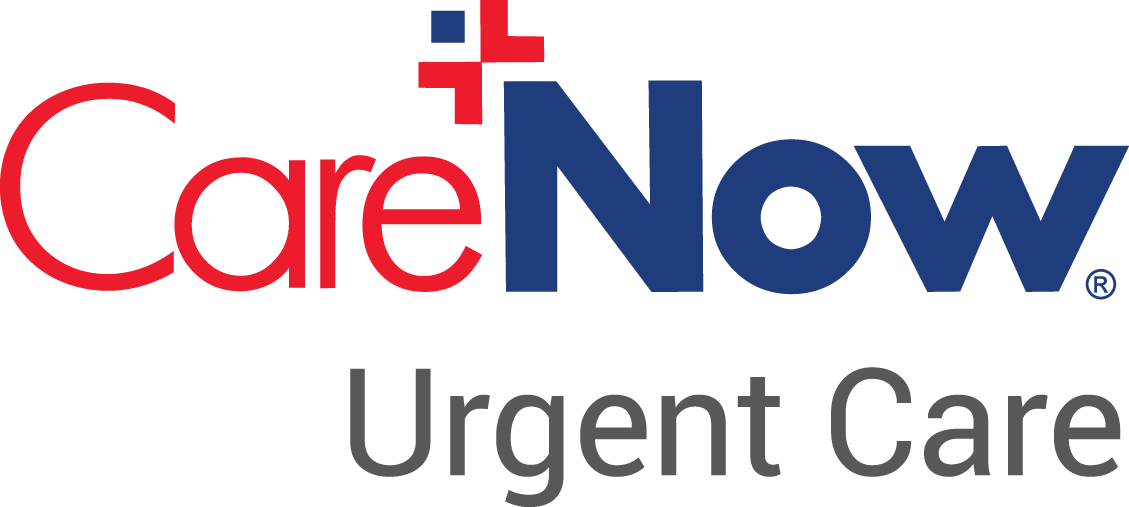If you cope with persistent discomfort, you likely need a group of medical professionals to accomplish an optimal outcome. Here's what to anticipate from a pain specialty practice or clinic. So you have actually chosen it's time to make an appointment with a discomfort doctor, or at a pain center. Here's what you require to understand before arranging your visitand what to expect once you're there.
" Pain physicians originate from lots of different educational backgrounds," states Dmitry M. Arbuck, MD, president and medical director of the Indiana Polyclinic in Indianapolis, a pain management clinic. Dr. Arbuck is certified by the American Academy of Pain Management and the American Board of Psychiatry and Neurology. "Any medical professional from any specialtyfor instance, emergency medicine, family practice, neurologymay be a pain physician." The discomfort doctor you see will depend upon your signs, medical diagnosis, and needs.
Arbuck describes. "The physicians within a discomfort management center or practice might focus on rheumatology, orthopedics, gastroenterology, psychiatry," or other locations, for instance. Pain doctors have made the title of MD (Medical Professional of Medicine) or DO (Doctor of Osteopathic Medicine). Some discomfort physicians are fellowship-trained, meaning they got post-residency training in this sub-specialty.
( Check out more about interventional discomfort methods.) Pain doctors who have actually satisfied certain qualificationsincluding finishing a residency or fellowship and passing a written examare considered to be board-certified. Lots of pain medical professionals are dual-board certified in, for example, anesthesiology and palliative medication. However, not all pain doctors are board-certified or have official training in pain medication, however that does not mean you should not consult them, says Dr.
Examine This Report about Cleveland Clinic Pain At Bottom Of Sternum When I Go Go Sleep
Dr. Arbuck recommends that people looking for assistance for chronic pain see physicians at a clinic or a group practice because "nobody expert can actually treat pain alone." He discusses, "You don't desire to pick a specific type of medical professional, always, however a good medical professional in an excellent practice."" Pain practices must be multi-specialty, with an excellent credibility for utilizing more than one technique and the ability to address more than one issue," he encourages. what was the first pain management clinic.
As Dr. Arbuck explains, "If you have one medical professional or specialized that's more crucial than the others," the treatment that specialized prefers will be highlighted, and "other treatments may be neglected." This model can be bothersome since, as he describes: "One pain client may need more interventions, while another might need a more mental method." And due to the fact that discomfort patients also take advantage of numerous therapies, they "need to have access to medical professionals who can refer them to other specialists in addition to work with them." Another benefit of a multi-specialty discomfort practice or center is that it helps with routine multi-specialty case conferences, in which all the physicians satisfy to talk about patient cases.
Arbuck mentions. Consider it like a board meetingthe more that members with different backgrounds collaborate about an individual challenge, the more most likely they are to resolve that specific problem. At a pain center, you may likewise satisfy with physical therapists (OTs), physical therapists (PTs), certified doctor's assistants (PA-C), nurse practitioners (NPs), certified acupuncturists (LAc), chiropractic doctors (DC), and workout physiologists.
The latter are often social workers, with titles such as certified medical social employee (LCSW). Dr. Arbuck views reliable pain medicine as a spectrum of services, with psychological treatment on one end and interventional discomfort management on the other. In in between, patients are able to get a combination of pharmacological and corrective services from various physicians and other doctor.
How To Become A Certified Pain Clinic - Questions
Preliminary consultations may include several of the following: a physical exam, interview about your case history, pain assessment, and diagnostic tests or imaging (such as x-rays). In addition, "A good multi-specialty clinic will pay equal attention to medical, psychiatric, surgical, family, dependency, and social history. That's the only way to evaluate clients thoroughly," Dr.
At the Indiana Polyclinic, for instance, patients have the chance to consult professionals from four main locations: This may be an internist, neurologist, family professional, or perhaps a rheumatologist. This physician generally has a large knowledge of a broad medical specialty. This medical professional is most likely to be from a field that where interventions are commonly utilized to treat pain, such as anesthesiology.


This service provider will be someone who specializes in the function of the body, such as a physical medicine and rehab (PM&R) medical professional, physiotherapist, physical therapist, or chiropractic specialist. Depending upon the patient, he or she may likewise see a psychiatrist, psychologist, and/or psychotherapist. The client's medical care physician may collaborate care.
Arbuck. "Narcotics are simply one tool out of numerous, and one tool can not work at perpetuity." Moreover, he keeps in mind, "pain clinics are not just places for injections, nor is discomfort management almost psychology. The objective is to come to appointments, and follow through with rehab programs. Discomfort management is a commitment.
7 Easy Facts About What Is Alcohol Rehab Facility A Pain Clinic Described
Arbuck explains. Treatment can be pricey and since of that, clients and physician's workplaces typically require to eliminate for medications, appointments, and tests, but this challenge takes place beyond pain clinics as well. Clients ought to likewise understand that anytime managed substances (such as opioids) are included in a treatment strategy, the physician is going to demand drug screenings and Client Agreement types relating to guidelines to follow for safe dosingboth are advised by federal firms such as the FDA (see a sample Patient-Prescriber Opioid Arrangement at https://www.fda.gov/media/114694/download).
" I didn't simply have discomfort in my head, it was in the neck, jaw, definitely all over," Addiction Treatment Center recalls the HR expert, who lives in the Indianapolis location - what to expect at a pain management clinic. Wendy began seeing a neurologist, who put her on high doses of the anti-seizure medications gabapentin and zonisamide for pain relief. Sadly, she states, "The pain got even worse, and the negative effects from the medication left me not able to functionI had memory loss, blurred vision, and muscle weak point, and my face was numb.
Wendy's neurologist gave her Botox injections, but these triggered some hearing and vision loss. She also attempted acupuncture and even had a pain relief device implanted in her lower back (it has considering that been eliminated). Finally, after 12 years of extreme, persistent pain, Wendy was referred to the Indiana Polyclinic.
She likewise went through various assessments, consisting of an MRI, which her previous medical professional had actually carried out, in addition to allergic reaction and hereditary testing. From the latter, "We learned that my system does not absorb medication effectively and pain medications are ineffective." Soon thereafter, Wendy got some unexpected news: "I learnt I didn't have persistent migraine, I had trigeminal neuralgia." This condition provides with symptoms of extreme pain in the facial location, brought on by the brain's three-branched trigeminal nerve.
Excitement About What Will A Pain Clinic Do For Me For Headaches
Wendy began getting nerve blocks from the clinic's anesthesiologist. She gets 6 shots of lidocaine (a regional anesthetic) and an anti-inflammatory to her forehead and cheeks. "It's 5 minutes of agonizing pain for 4 months of relief," Wendy shares. She also seized the day to deal with the center's pain psychologist twice a month, and the physical therapist once a month.